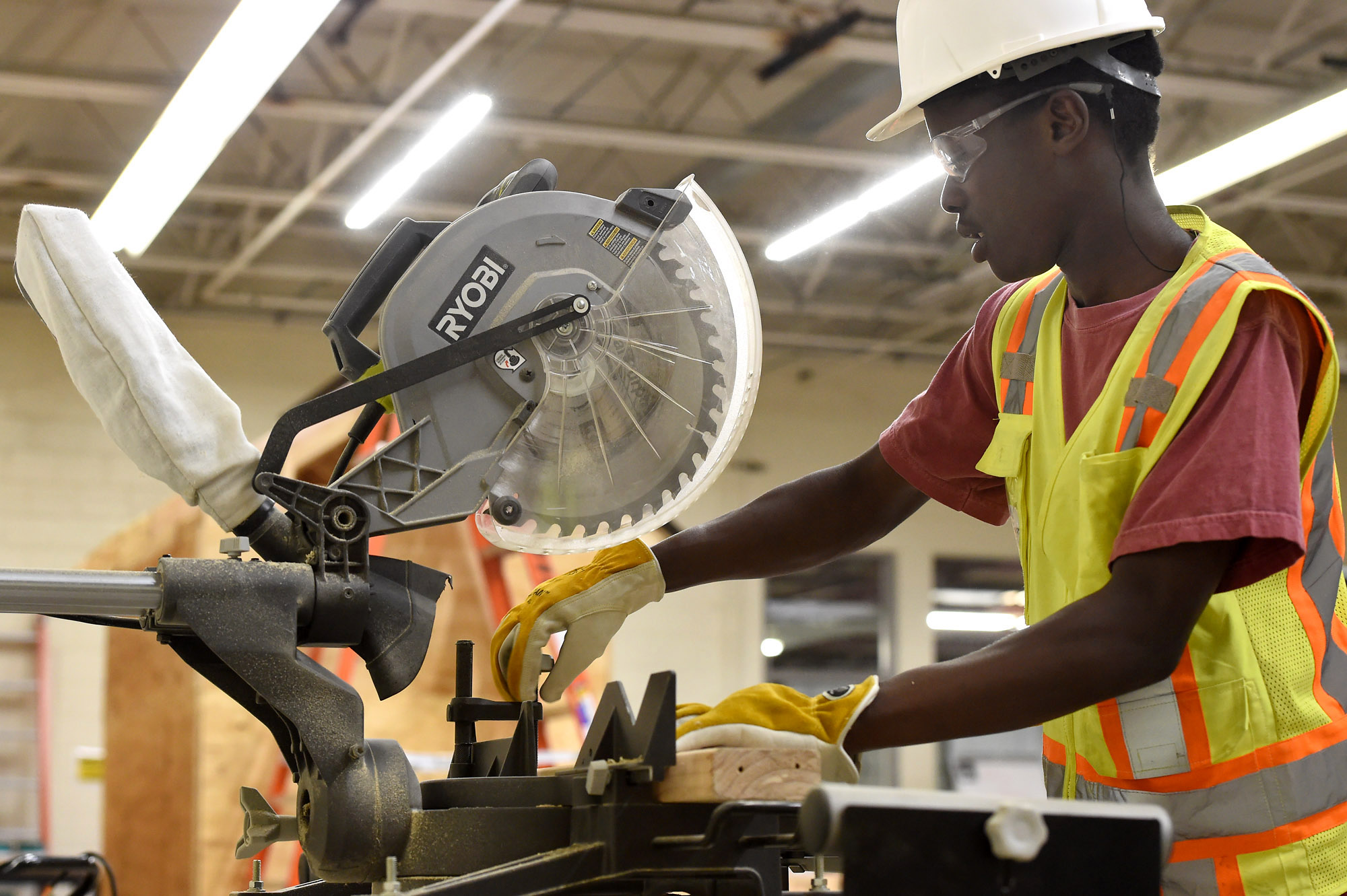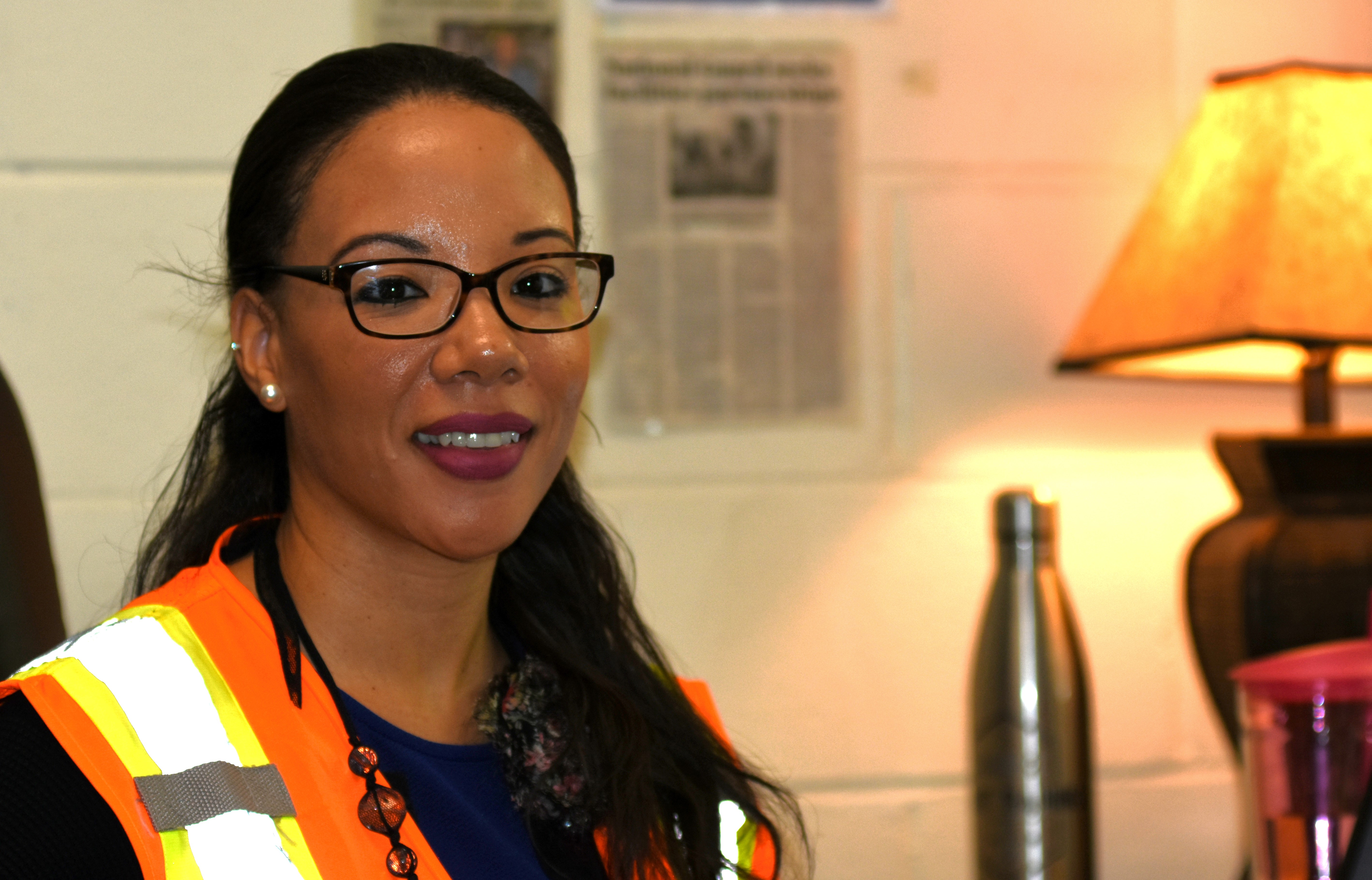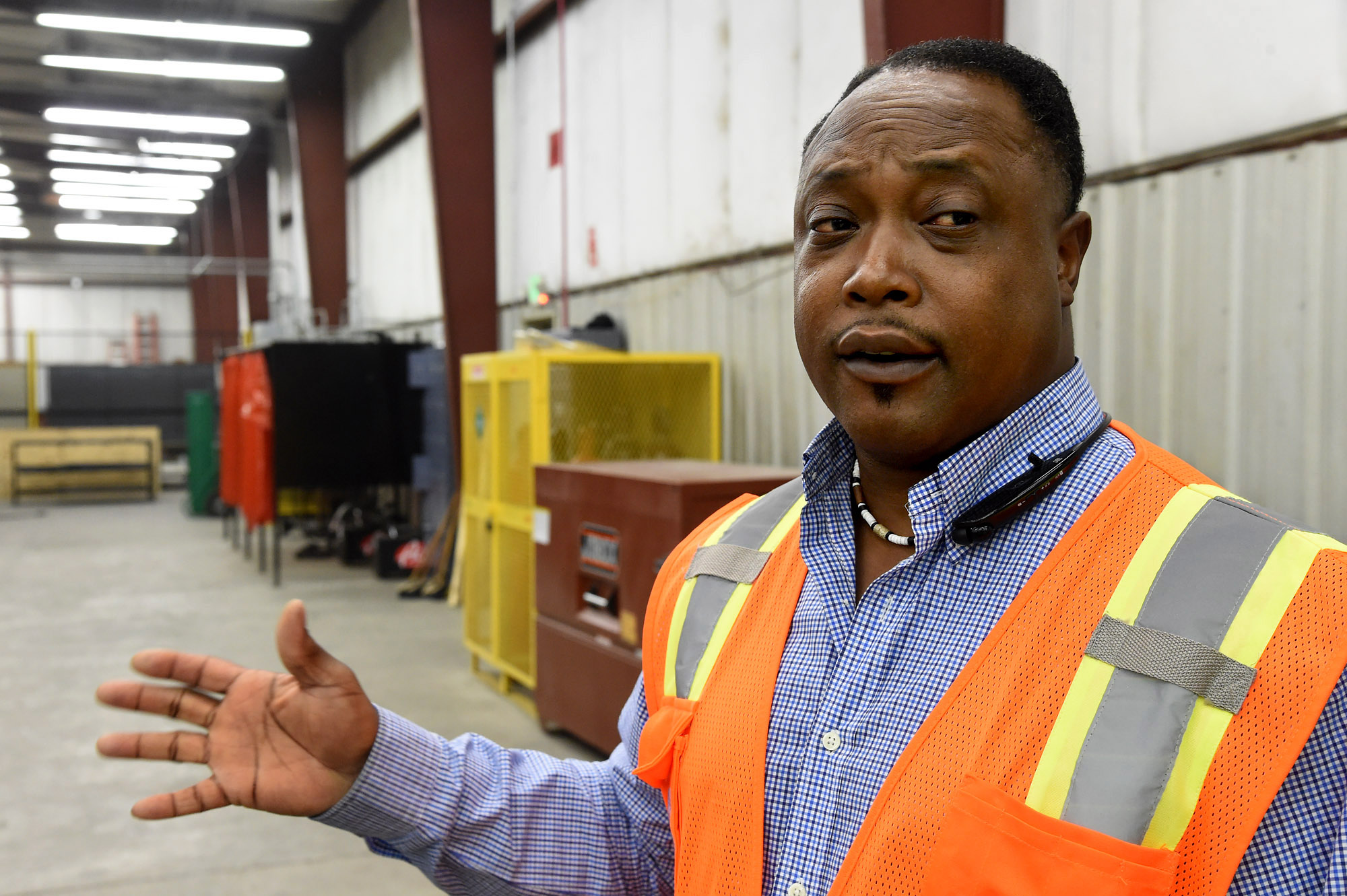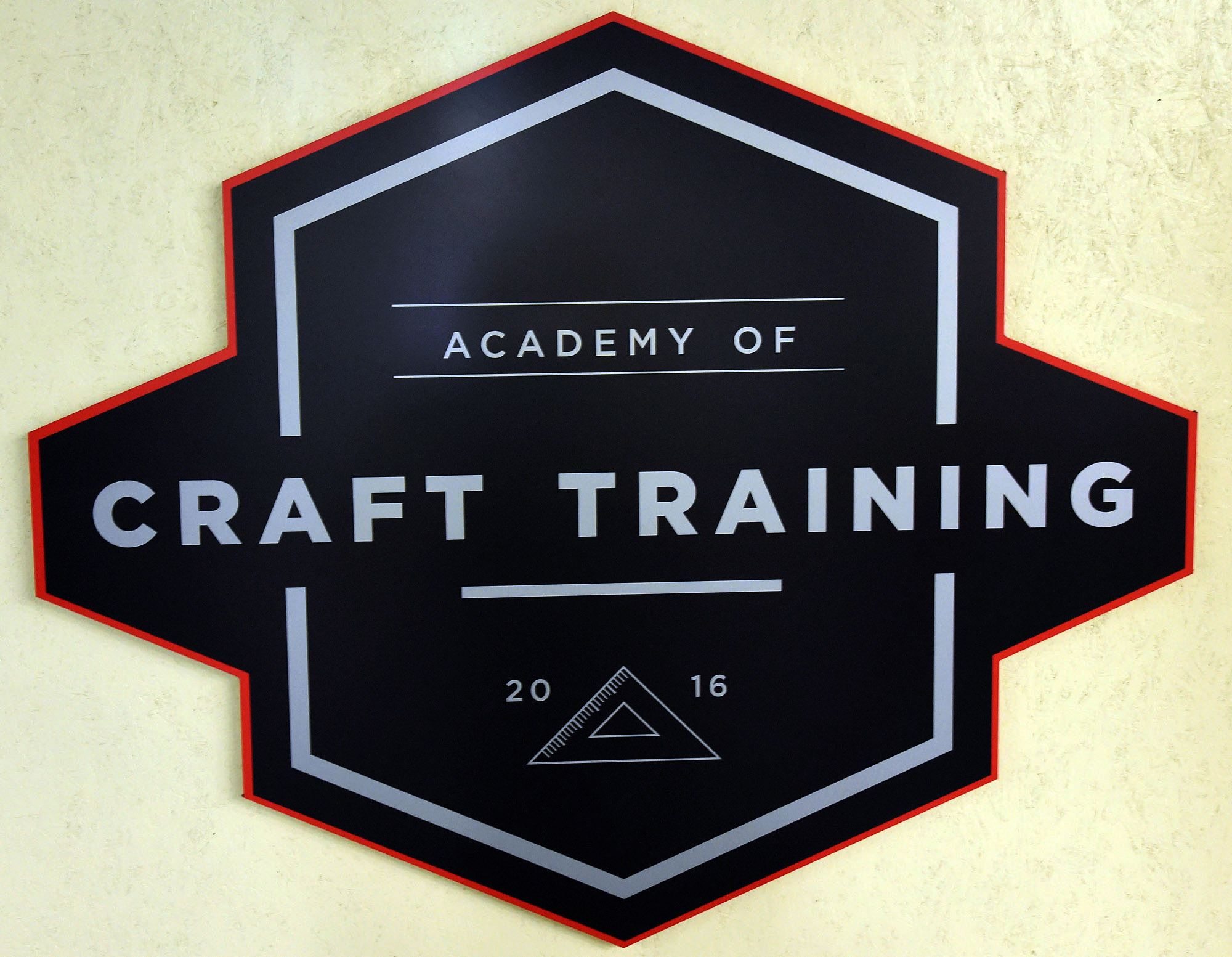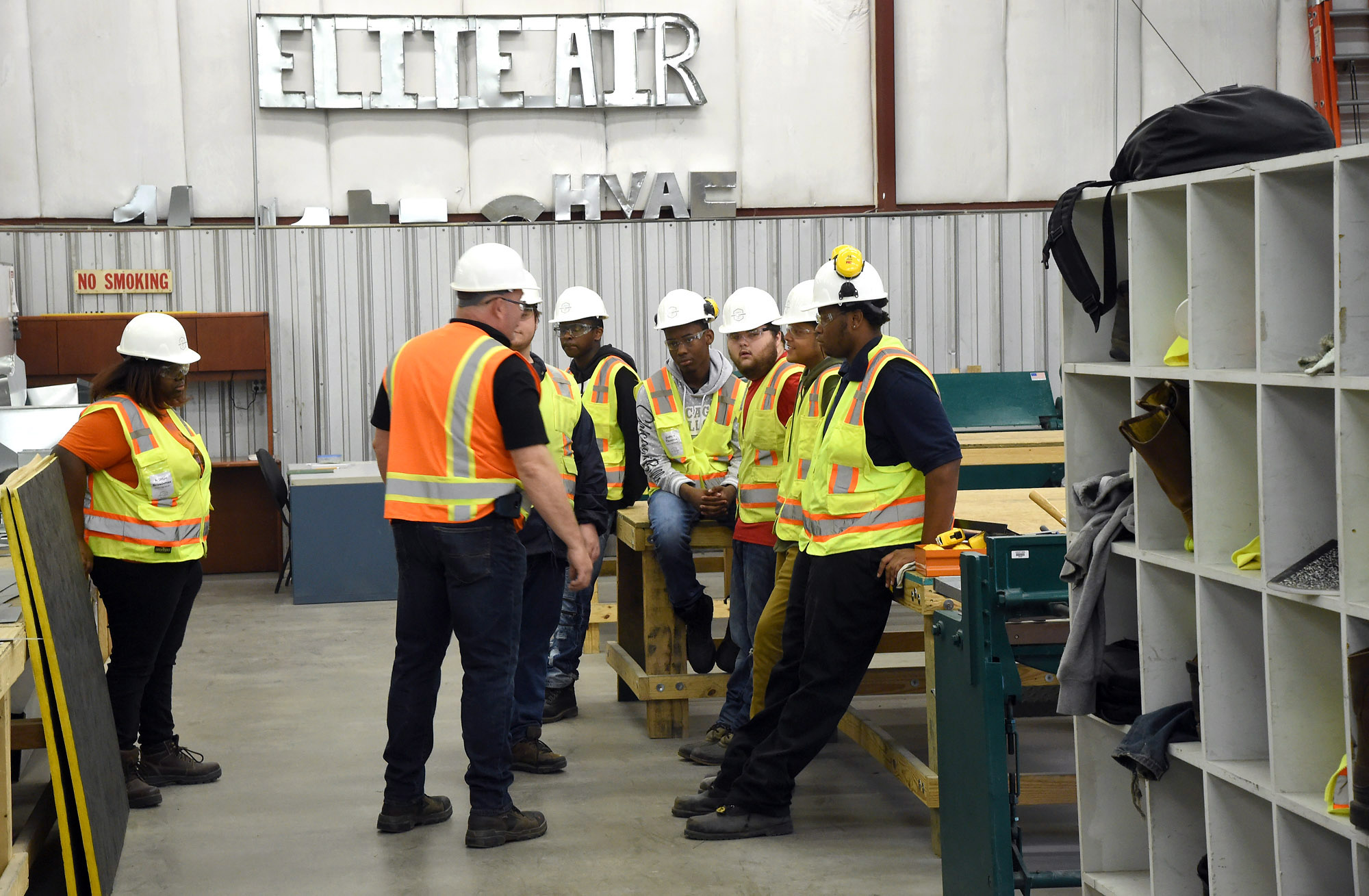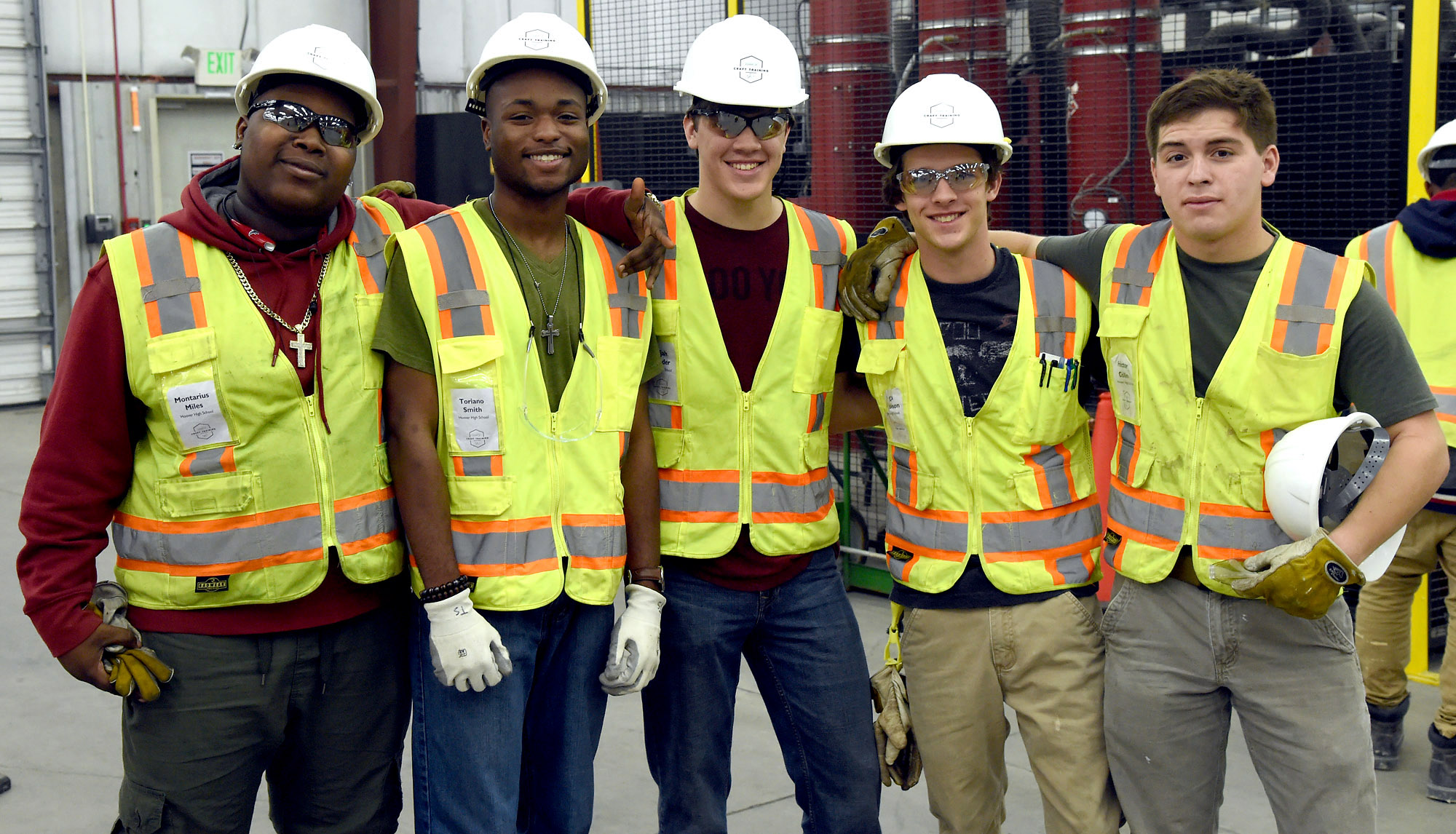
Solomon Crenshaw Jr.
For the Birmingham Times
Tytiania Dukes, a senior at P.D. Jackson-Olin High School, loves to tear up and rebuild—and that makes the Alabama Workforce Training Center (AWTC) ideal for her. She learned about the center when she heard an announcement about craft training, and she worked on several projects last year.
“This year, we built two storage houses,” said Dukes, who is considering both pursuing a career in building construction and attending college, perhaps to become a criminal justice investigator.
“I’m going to do it until I go to college,” she said. “My backup plan is going to be construction.”
The AWTC, which operates under the Alabama Industrial Development Training (AIDT) agency, was established in 2015 to recruit and train a skilled workforce to help attract new business and expand existing industries in the state. The center prepares students for positions in construction, manufacturing, and other industries; Dukes is one of about 144 students being trained at the facility.
Students are under the tutelage of skilled professionals. Linda Poindexter is director of the AWTC’s Academy of Craft Training; she is the liaison between the training center and the 24 schools from 14 school systems that send students throughout the school year.
Valuable Experience
“Initially, they think we’re just providing a skill set, which we are,” Poindexter said. “But the overall goal is for students to get full-time employment after they graduate.”
Students get experience before they graduate, as well: “During Christmas break, during spring break, our students are working and actually getting paid,” she said. “They can get $10 an hour while they’re still in school. Once they graduate, they can get $12.50.”
AWTC Project Manager Rod Jones said, “This is the first of its kind in the state and possibly in the nation. We have the best and brightest instructors in these classes.”
The center’s instructors are all professionals in their respective fields and their class sizes range from five to 10, depending on the course on the schedule, he said.
Jobs are managed through a staffing agency because the students are underage. Once they get more than the 400 hours required for the staffing agency, they can be paid whatever the employer wants to offer.
“Our students are getting offers that are way past $12.50,” Poindexter said. “A lot of them are getting offered benefits, too.”
Multipurpose Facility
Is the AWTC a school or a worksite?
Poindexter said the center at 3500 Sixth Ave. South in Birmingham is a gem, one of the few of its kind in the entire country. It covers nearly the entire block and includes shop space, several classrooms, conference rooms, and a 300-person-capacity auditorium. But that’s only part of the picture.
Inside the AWTC facility, high school students don safety glasses, hardhats, and safety vests—all the personal protective equipment they’d wear on a professional jobsite of trained skilled laborers.
Dukes said the AWTC is equal parts school and work.
“We do math over here,” she said, referring to the need for precise measurements. “And we do things in the book, learning about the different things we might be building in the shop.”
Jones said the 56,000-square-foot former warehouse is similar to shop classes found in high schools decades ago, except the classes taught at the center are more robust.
“Back when you had the programs in high school, there were no programs to recruit you into an organization to go to work,” he said. “At this location, we work with companies. I think we had 27 come in to recruit the 83 seniors entering the workforce.”
Students who don’t go into either the military or college can get training in building construction, masonry, welding, carpentry, and heating, ventilation, and air conditioning (HVAC).
“We All Win”
Birmingham Mayor Randall Woodfin has long been a supporter of the AWTC and even held one of his transition committee press conferences at the facility.
“By having this workforce training facility in Birmingham, we are making a down payment on residents interested in using resources to advance their careers and their futures,” Woodfin said. “We all win with this effort. The center will help put residents in positions to get jobs or better jobs, which will only help them in the future.”
The AWTC and its training programs have opened eyes, especially those of wary parents who have doggedly pushed for their sons and daughters to pursue two- or four-year college degrees. Now those same parents understand that with a skilled trade, their children can come out of high school and go directly into the workplace—and sometimes they can have both.
Jones recounted a student who initially declined a job offer, saying he was going to college. He changed his mind when the company offered to pay for his college education.
“He was like, ‘Whoa. How do you do that?’” Jones said, explaining that the company would provide tuition reimbursement if the student came to work there. “[They told him], ‘We’ll pay for your classes as long as they’re in line with the construction field. You have a commitment to us for X number of years once you complete your degree, and we’re good.’
“He was able to go back and tell his parents, ‘I’m going to work for this company … and I’m going to school, and it’s not going to cost you anything.”
Discipline issues are not tolerated at the training center, Jones said. And neither are hijinks.
“We want them to have fun, but they can’t play in this environment . . . there’s no horseplay allowed, period,” he said. “They know they have to have their personal protective equipment (PPE) on when they get in here. Just like it’s a work environment. … It’s like a real-world work environment.”



